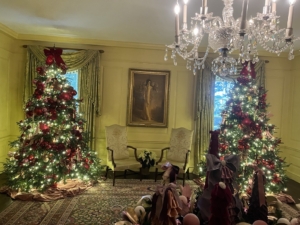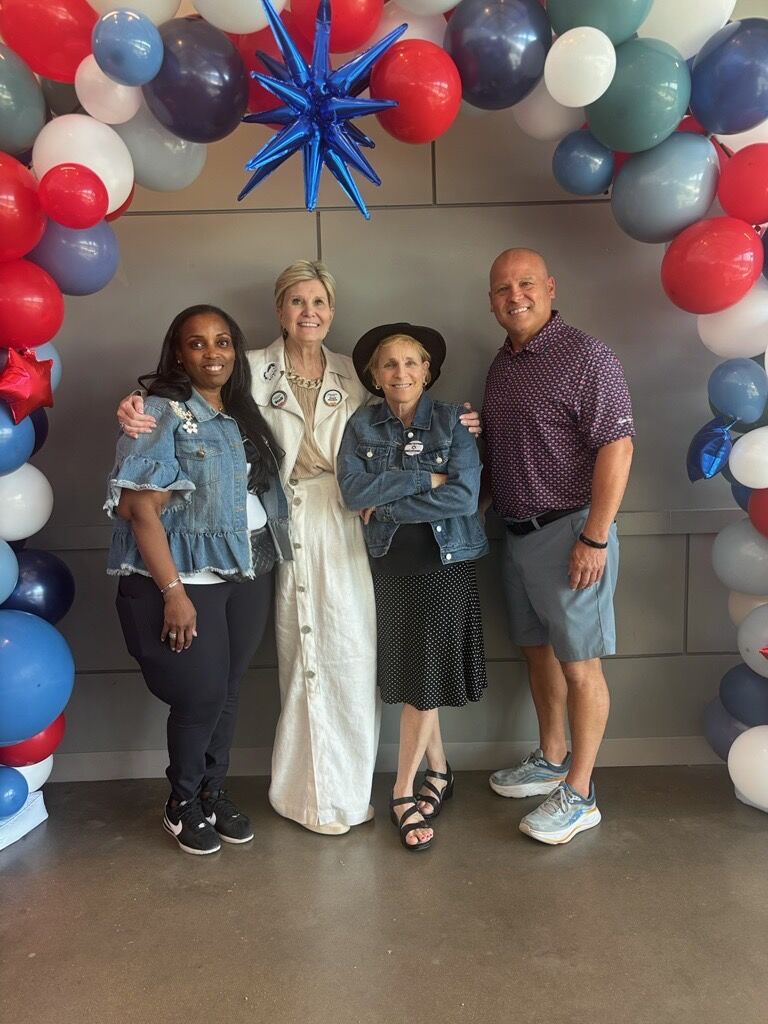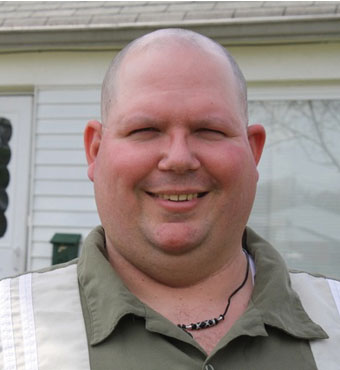The Biloxi Lawsuit Isn’t Just Another “Hotels vs. Short-Term Rentals” Fight
By John Breyault, NCL Vice President, Public Policy, Telecom & Fraud
When cities crack down on short-term rentals, the headlines often scream “Airbnb vs. Hotels!” — but the story is bigger than a platform feud. Behind the zoning rules and permit limits lies a high-stakes battle over who gets to control the lodging market, and whether “consumer protection” is just a cover for keeping competition out. A recent lawsuit in the Deep South may seem local, but it highlights a national trend with real consequences for travelers, homeowners, and communities alike.
At first glance, Airbnb’s recent lawsuit against the city of Biloxi, Mississippi, looks like the latest episode in the long-running hotels vs. short-term rentals war. Cities pass restrictive ordinances. Platforms sue. Hotels cheer from the sidelines. Rinse, repeat.
But this case is bigger than a zoning dispute. It raises a fundamental question about the future of competition in the travel lodging market — and whether “consumer protection” is being used as a shield for market protectionism.
Airbnb and a Biloxi property owner allege that the city, heavily influenced by the local hotel-industry trade association, implemented restrictions designed not to protect neighborhoods but to kneecap competitors. Biloxi banned short-term rentals in many residential areas and later capped permits citywide at just 75 properties — a ceiling so low that it effectively freezes out meaningful competition.
Biloxi isn’t an anomaly. In recent years, hotels have deployed lobbyists in cities like New York and Chicago to limit short-term rental competition, often under the guise of protecting housing stock or neighborhoods.
Other short-term rental platforms, such as Vrbo (formerly HomeAway), Booking.com’s home-rental business, and regional home-sharing services are also part of this broader lodging-market dynamic. These platforms have introduced competition into a hotel industry that, over the past 10–15 years, has undergone deep consolidation. Today, just a handful of mega-brands dominate global hotel markets through ownership, franchising, or branding deals. When so few companies hold so much power, local regulations can become levers to shut out newcomers.
Short-Term Rentals Serve Consumers — and Communities
Short-term rentals (STRs) are more than an “Airbnb vs. hotels” story. For many travelers — families on a budget, groups of friends, or extended-stay guests — STRs offer flexibility, affordability, and value that hotels often struggle to match. They help keep lodging markets competitive, preventing hotels from hiking prices unchecked.
STRs also benefit local homeowners seeking extra income — especially in popular vacation spots or near college campuses when demand surges. In small towns around major sporting events or seasonal tourism, STRs can provide lodging when hotel rooms are booked out or priced through the roof.
Communities also deserve a voice. Some neighborhoods worry about noise, safety, or over-tourism; others worry about long-term housing loss. Smart regulations can balance these concerns without eliminating STRs entirely or favoring incumbents.
Short-Term Rentals Are Not a Panacea
STRs need thoughtful regulations. Anyone who has lived next to an unregulated party house — with rolling suitcases at 2 a.m., overflowing trash, or revolving-door renters — knows the concerns are real. STRs have caused nuisances, safety issues, and reduced long-term housing in some cities.
There are also consumer-facing horror stories: misleading listings, last-minute cancellations, “bait-and-switch” properties, and amateur hosts who fail to maintain basic safety standards. Platforms like Airbnb and Vrbo have economies of scale, but enforcement remains uneven, and small hosts often lack resources to follow best practices. STRs are far from perfect.
Transparent Pricing and Real Competition
Hotel pricing has long been opaque. Hidden costs — resort fees, amenity charges, “service” or “destination” fees — often don’t appear until checkout, making it hard for consumers to compare options. That kind of “drip pricing” distorts markets and misleads travelers.
The Federal Trade Commission’s Junk Fees Rule addresses this. As of May 2025, all lodging providers — hotels and short-term rental platforms alike — must disclose total prices up front. Transparency allows travelers to compare real costs and enables STRs to compete fairly rather than letting hotels exploit confusion.
This aligns with broader consumer-protection efforts, including state-level actions and advocacy by organizations such as the National Consumers League, which have challenged opaque hotel fee practices.
Toward Smart Regulations That Encourage Competition
We need regulations — but the right kind. The Biloxi lawsuit, along with the broader pattern in New York and Chicago, shows the risk of blanket bans or restrictive caps that eliminate lodging options in favor of legacy operators. Local governments should pursue rules that:
- Ensure STRs meet safety, health, and nuisance standards;
- Provide transparent permitting and accountability;
- Maintain a sustainable number of rentals so STRs remain viable;
- Incorporate community input — without letting incumbents rig the system.
Federal rules, such as the Junk Fees Rule, are also critical. By standardizing pricing disclosure, they help travelers compare hotels and STRs on a level playing field and discourage deceptive resort fees.
We should welcome — not fear — competition. Multiple lodging options — hotels, inns, and STRs — keep prices down, service quality up, and innovation alive. Overly restrictive regulations, especially those influenced by hotel-industry lobbyists, undermine this dynamic.
If we care about affordability, fairness, and consumer choice, lodging policy must focus on transparency, sensible safety rules, and real community input — not protectionism dressed up as “consumer protection.”






























